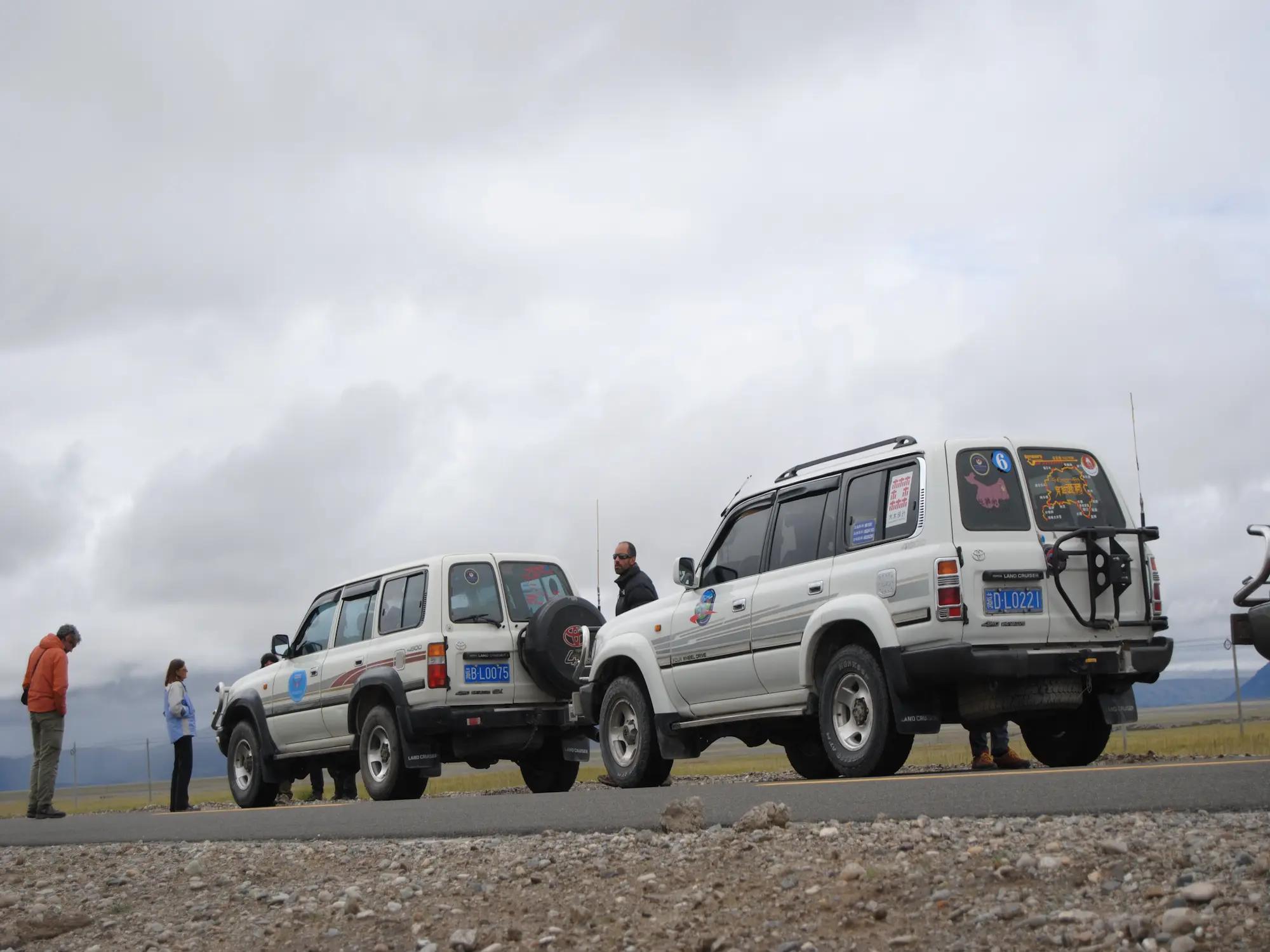Traveling to Tibet requires some preparation. This guide covers what you need to know, from updated visa rules, permits to packing lists, altitude advice, cultural etiquette, and seasonal tips

From November 30, 2024, through December 31, 2025, passport holders from 38 select countries can visit China visa-free for stays of up to 30 days. This makes Tibet travel more accessible than ever before.
All foreign visitors to Tibet require a special Tibet Permit (TTP) in addition to a Chinese visa (or under the visa-free policy). These permits must be arranged through a registered tour operator at least 20 days before your departure. Independent travel is not permitted for foreign tourists in Tibet.
You can read our comprehensive guide for the TTP if you want to learn more here :
You are kindly suggested to notice that while cities like Lhasa and Shigatse offer modern amenities and comfortable accommodations, you shouldn't expect the same standards in the most remote areas that you are accustomed to back home. Just accept this land as it is, enjoy its ancient spirit, come as a friend with open arms and heart, and you'll enjoy the trip. Tibet will linger with you forever in your mind.\nOur tour company and travel partners will make every effort under the actual circumstances to ensure your safe and memorable travel in Tibet.
Casual clothing and comfortable walking shoes are essential for your trip to Tibet. Make sure to bring warm clothing as it is quite chilly and cold during the nights and early mornings
Bring from your home all possible personal items such as necessary medicine, cosmetics, toilet items, etc.
As you are traveling at high elevation, it is likely for you to experience some minor symptoms and discomfort of altitude sickness like headache, loss of appetite, nausea, or fatigue until your body adjusts to the high terrain. Adjustment of your body to altitude can take from a few hours to several days. It depends on individual health conditions.
Please don't worry and drink as much water as possible. Proper hydration is necessary for acclimatization. We also suggest you consult with your doctor about altitude sickness medication before your trip. For further details, please visit our Acute Mountain Sickness page.
Move slowly and don’t rush around during your first two days in Tibet. Also, eat less and drink more water. Moving too fast and eating too much will consume your oxygen.
The unit of currency in China and Tibet is Yuan (RMB). Exchange rates fluctuate, so check current rates before travel. Your money can be exchanged at banks in Shigatse and Lhasa. Hotels can also exchange money for you. Major credit cards are accepted in Lhasa and Shigatse, though cash is still preferred in remote areas. Mobile payment apps like Alipay and WeChat Pay are widely used.
Generally, the Tibetan climate is not as harsh as many people think. It is suitable for travel to Tibet from April to November, and the best time for traveling is May through October. If you only visit Lhasa, you can go there any time all year round.
Sun radiation is very strong in Tibet. May, June, and September are peak tourism seasons in eastern Tibet. Most annual rainfall occurs from June to September. Usually rains come in the evening in Lhasa and Shigatse areas. Sometimes, the rainfall may block roads and make travel difficult, but the views during this time will be absolutly beautiful.
Lhasa - Shigatse - Lhatse - Tingri - NyalamThe Friendship Highway is in good condition most of the year. From December to February, frozen and thawed road conditions could cause some challenges.
Mt. Everest Area: Early May and early October are the ideal times to visit Mt. Everest.Clear weather provides the best opportunity to see Mt. Everest's summit. From December to February, we suggest you avoid this area due to extreme cold conditions.
Mt. Kailash Area :This area has challenging conditions even in good weather. Heavy rain and snow can make the journey difficult. However, for determined travelers, the ideal months are May, June, July, September, and October.
Eastern Tibet : Planning travel in this area during July or August (rainy season) is not recommended. Heavy rains can damage roads and cause serious landslides.
Northern Tibet : Due to the average altitude of 4,500m, this area has a very limited tourism season. Summer (July to August) is the best time to enjoy the vast plains of northern Tibet.
Songtsan Travel does its best to organize your trip and plan a safe and memorable experience in Tibet. All tour programs in Tibet operate under the rules and regulations of the Tibet Tourism Bureau. Our travel agency and partners cannot be held responsible for any changes in the travel itinerary due to unavoidable circumstances such as landslides, road blockages, floods, snow, weather conditions, flight cancellations, delayed arrivals, illness, or accidents.
Any extra costs arising during the trip due to unexpected circumstances must be covered by travelers on the spot. We recommend purchasing comprehensive travel insurance that covers medical emergencies, trip cancellations, and personal accidents before your departure.